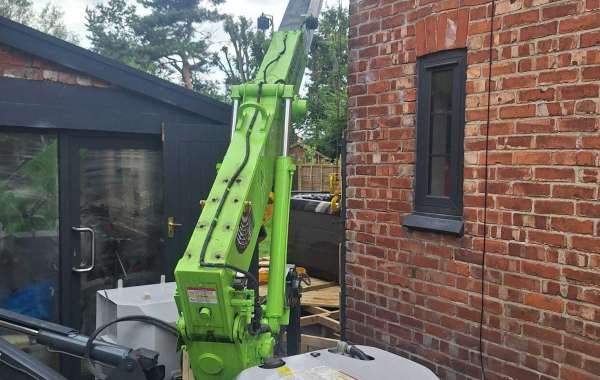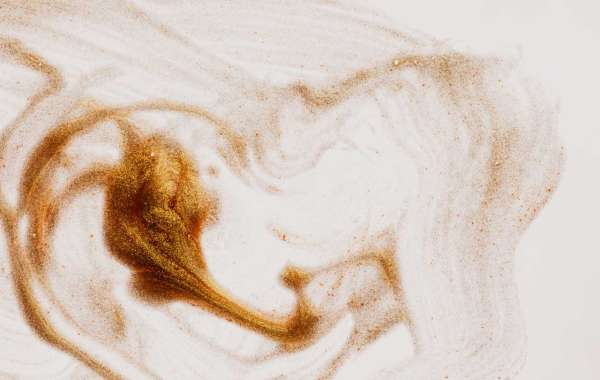Inflatable boats are gaining popularity in various recreational and professional sectors, and the fabric used to construct these boats plays a vital role in their performance. Inflatable Boat Fabric is not just about durability; it involves a blend of technical innovation, material science, and user expectations. As demand for more durable, lightweight, and eco-friendly materials increases, the fabric manufacturing industry is undergoing significant changes.
Technological Advancements in Fabric Construction
The quality is primarily determined by its construction and the materials used. Traditionally, PVC (polyvinyl chloride) and PU (polyurethane) were the main fabrics used for inflatable boats. However, recent advancements in material technology have resulted in improved fabric performance. Manufacturers are now using a combination of high-strength polyester fabrics and new coating technologies that provide better resistance to UV degradation, punctures, and abrasions.
New coatings such as polyurethane and thermoplastic polyurethane (TPU) are now being incorporated into inflatable boat fabrics. These coatings provide greater flexibility, chemical resistance, and enhanced durability, ensuring that boats remain in top condition for longer periods, even in harsh marine environments.
The Shift Toward Lightweight and Eco-Friendly Materials
As environmental concerns grow, consumers and manufacturers alike are seeking more sustainable alternatives. Fabric manufacturers are increasingly turning to recycled materials, such as recycled polyester, to reduce their environmental impact. These eco-friendly fabrics maintain the same level of strength and durability as their conventional counterparts, while helping to reduce the carbon footprint of manufacturing.
In addition, lightweight fabrics are becoming a popular trend in the industry. With innovations in material technology, inflatable boat fabrics are now lighter without compromising their strength and durability. Lighter fabrics make the boats easier to transport, store, and handle, which is an important consideration for recreational boaters.
Future Trends and Market Opportunities
The future is exciting, with continued innovations in material science and fabric technologies. Manufacturers will focus on improving fabric quality by integrating advanced production techniques, such as 3D weaving and multi-layer coatings. Additionally, the rise of electric boats and hybrid marine technologies will drive the need for specialized fabrics that can withstand higher pressures and more demanding environments.
As more consumers demand eco-friendly and lightweight solutions, fabric manufacturers that can adapt to these trends will stand out in a competitive market. The combination of durability, sustainability, and innovation will define the next generation of inflatable boats. For high-quality, eco-friendly, and durable fabrics, visit shanghaimsd.com .





